Brand Flops: 5 Lessons Brand Managers Can Learn From Epic Brand Failures
Successful branding is not easy. That’s why Coca-Cola, Sony, Microsoft, Ford, Colgate-Palmolive, McDonald’s and more — a few of the world’s biggest brands — have been responsible for some giant-sized branding flops.
In 1957, the introduction of the Edsel by Ford Motor Company was such a big failure that the name “Edsel” has become synonymous with “huge marketing failure.” In fact, Microsoft founder Bill Gates has singled out this example as one of his favorite case studies in what not to do.[1]
In each of the following cases there are numerous reasons for each of these famous brands falling short. In quite few a thorough brand audit would have flagged up some of the risks before they became text book flops.
Let’s take a look at how Ford Motor Company, Coca-Cola, Apple, and other famous names have taught us that even the best brands can perform some of the biggest belly flops ever, providing us with a look at pitfalls to avoid and lessons to be learned.
Lesson #1: Brands Must Understand Customers Needs, Wants and Behaviours
Edsel
In 1955, in America’s motor city of Detroit, Ford’s gas-guzzling Edsel automobile was on the drawing boards. Meant to be the full-sized answer to fill every American suburban dream, they named the car posthumously after Henry Ford’s son.
However, by the time this full-sized automobile was launched in 1957, consumer preference had shifted toward compact cars — a shift that was cemented by a stock market dive. Positioned as the car of the future, Edsel was overpriced, over-hyped and entirely the wrong car at the wrong time. Production was ceased within two years in the costliest mistake American industry had ever known.
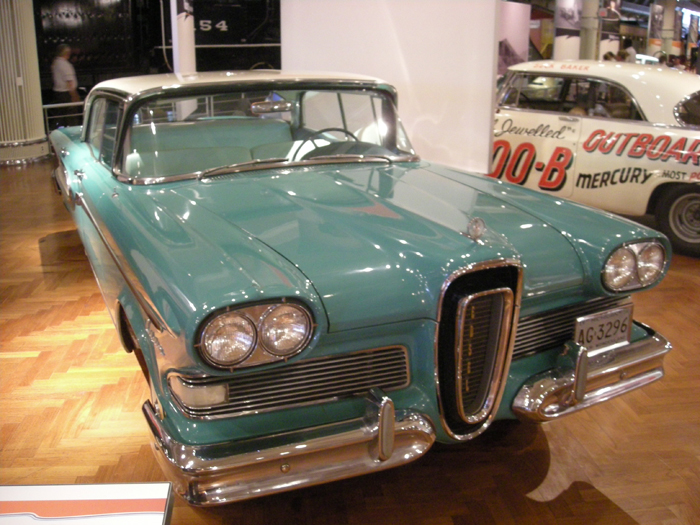
1958 Edsel – Henry Ford Museum, Credit: Michael Barera, Wikimedia Commons 2.5
Coca Cola
In the 1980s, nobody considered the branding of fast-moving consumer goods under the category of apparel, other than as corporate giveaways or inexpensive T-shirts and baseball caps. Yet, Coca-Cola agreed a merchandising deal to create an upmarket fashion line of Coca-Cola Clothing designed by a young, unknown Tommy Hilfiger.
First sold at an Upper West Side New York City store called Fizzazz, the in-store marketing revolved around a soda counter shopping experience, an interactive video screens, and hole-in-the-wall credit card machines called Eric that didn’t appeal to consumers.[2] Instead of print catalogues for its mail order distribution, Coca-Cola Clothing distributed free CDs bearing a message that tried hard to connect the soft drink and the clothing. It read: “Pop this cassette open for a sparkling, carbonated fashion video.”
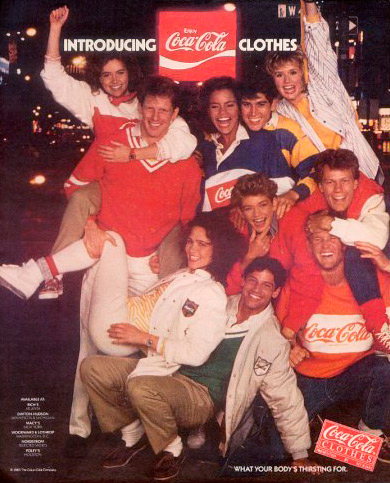
Coca Cola print ad from the 80s (Credit: 237, eBay Store)
The concept was ahead of its time, even for trendy Manhattan audiences; only five of the 650 planned stores ever opened. The Hong Kong-made clothing felt cheap to the touch, featured a poorly designed fit, and the whole thing fizzled out fast.
Apple
Apple, too, once had a momentous flop in 1993. In those days, business cards and a Filofax diary were the tools of networking and time management. Apple tried to change all that by introducing a bulky Apple Newton handheld PC device which debuted at the Computerworld convention.
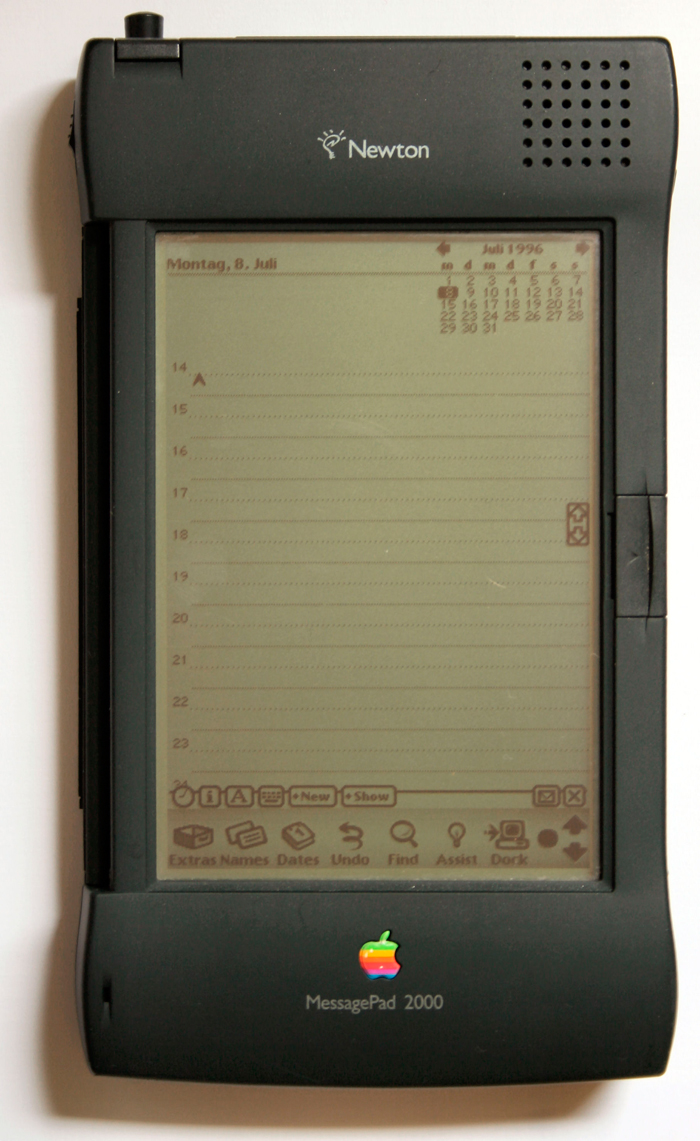
Apple Newton (Credit: Ralf Pfeifer, Wikimedia Commons 3.0)
The world wasn’t ready and the product wasn’t right. Starting at $700, some said it was too expensive, others said too chunky, and everyone agreed it was very poor at reading the handwriting that people made using its stylus. Later versions of personal digital assistants (PDAs) by Apple competitors were enhanced, more broadly accepted by consumers, and sold far better.
Lesson #2: Brand Purpose Must Stay On Point
Brand extensions can be a tricky business. Colgate, Cosmopolitan magazine and Harley Davidson have clearly demonstrated what not to do. It’s difficult to imagine how some of these rather odd multi-million dollar spin-offs made it out of the boardroom, but they did.
Colgate
Colgate is a toothpaste; it promises pearly whites and fresh breath. Yet, in 1982, the toothpaste brand launched Colgate Kitchen Entrées, looking to capture the market in frozen ready-to-eat meals.
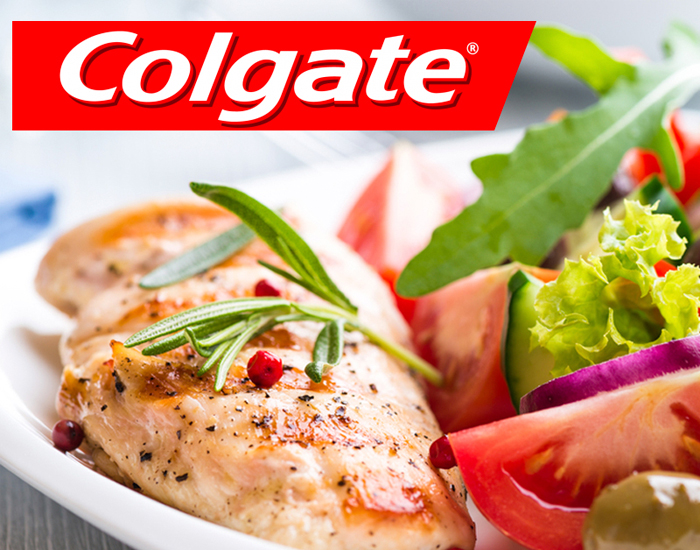
Colgate Kitchen Entrees (via Marketing Directo, Madrid)
Why? Minty toothpaste and frozen peas? This mind-blowing branding concept was as unappealing as its packaging and promptly headed straight for the consumer graveyard, but not before hurting sales of Colgate toothpaste.
Cosmopolitan
In 1999 there was another weird marketing leap by the leading international women’s fashion magazine. Cosmopolitan introduced a line of yogurt on the already crowded refrigerated supermarket shelves.
Cosmopolitan yogurt (Credit: Marketing Week)
Pricing it above the competition and calling it “sophisticated and aspirational,” this misguided off-message product line included Cosmopolitan Light Soft Cheese and Cosmopolitan Fromage Frais. If the brand strategy was, “Cosmo can sell anything,” consumer reaction said that they got that wrong.[3]
Harley Davidson
In 2000, Harley Davidson famously crashed into a wall when it went too far off centre with its drive into branded cologne and aftershave. In hindsight, critics point out that customer audience research and some well developed purchaser personas would have indicated that Harley rider brand values are not focused on smelling divine.
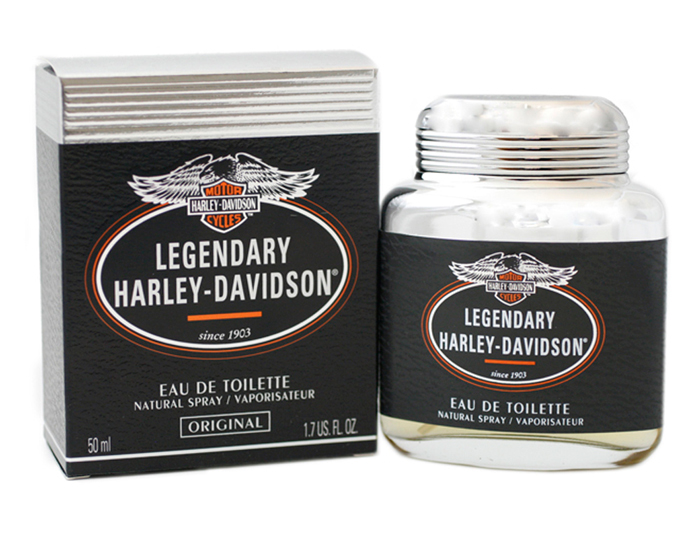
Image via aazperfumes.com.br
Obvious? It’s hardly a surprise that these brand values include: freedom, authenticity, masculinity, toughness…and have absolutely zero to do with wanting to smell charming.[4]
Lesson #3: Brands Must Not Get Lost in Translation
American companies in particular have a long and checkered history of making blunders beyond their ethno-centric shores. General Motors, Pepsi, General Mills and Revlon are among the brands to have messed up on the world branding stage.
Even in the increasingly global marketplace, regional and national differences in traditions, cultural norms and taboos still matter greatly. Well-known translation examples fill the pages of business school case studies.
General Motors introduced the Chevy Nova in Mexico, which translates as “It doesn’t go.” Coors Beer messed up the translation of the tagline, “Keep It Loose” into Spanish as “Suffer from Diarrhea.” In Taiwan, “Come Alive With Pepsi” was interpreted as “Pepsi Brings Back Your Ancestors From the Dead.”[5] Scandinavian vacuum manufacturer Electrolux launched an American ad campaign with, “Nothing sucks like an Electrolux.”
Kellogg’s
Occasionally, deeper cultural gulfs are breached at great expense. In 1994, Kellogg’s invested $65 million introducing its Corn Flakes breakfast cereal to the massive consumer market in India. However, a light breakfast is not the way Indians prefer to start their day.

Cornflakes (Credit: fir0002/Flagstaffotos, Wikimedia Commons)
Furthermore, hot milk on cornflakes (using cold milk was unthinkable to the Indian consumer) turned the product instantly soggy.[6] Pursuing cold drinks, Nestlé fared no better with the idea of iced tea in India.
Revlon
In Brazil, Revlon launched its top-selling Charlie perfume featuring the floral scent of camellias. Since camellias are that nation’s funeral flower, Revlon’s effort was obviously wasted. Money wasted, reputation damaged, the LA Times reported in 1999 that Revlon unsuccessfully sought a buyer for their struggling Latin American businesses.[7]
Lesson #4: Brands Must Evolve With the Times and Stay Relevant
Eastman Kodak
Kodak is a prime example of a legacy brand and market leader which did not keep pace with emerging technology.
In this case, it was the move from film to digital that outdid the brand. Founded in Rochester, NY in 1888, Eastman Kodak Company sent cameras to the moon, encouraged loyal consumers to capture personal “Kodak Moments” for decades, and employed an extended family of 70,000.
Ironically, filmless photography was invented by Steve Sasson, a Kodak engineer, in the mid-1970’s. “It could have been Kodak’s second act,” reported The Street in its article “Kodak: From Blue Chip to Bankrupt.” Instead, Kodak filed for bankruptcy in 2012.
Lesson #5: Choose Your Brand Ambassadors Carefully
Putting your money where someone else’s mouth is can lead to trouble, as demonstrated by brand after brand, including market leaders like Hertz and Nike. Leveraging a CEO, an employee, or a celebrity ambassador as the face of a the brand is a risky business strategy due to the unpleasant surprises that can — and do — crop up.
Hertz
As the very prominent longtime spokesperson for Hertz Car Rental, National Football League hero O.J. Simpson, known as “The Superstar,” had a locktight association with the brand.
The handsome, popular football running back was featured in a TV commercial dashing through airports to get to the Hertz rental counter. A decade as the face of the brand came to a screeching halt in 1994 when he was accused of the murder of his wife and a friend in an internationally publicized criminal trial.
Nike
In 2009, when pro golfing champion Tiger Woods was embroiled in a high-profile sex scandal, Nike suffered for having had him as their brand spokesperson. In a YouTube video aimed at damage control, Nike has Tiger’s father asking him what he was thinking.
The awkward video has had more than 4 million views but raises more questions than it answers. Nike’s bad luck continued with other disgraced sports figures: Lance Armstrong and Oscar Pistorius.
According to an article from London’s Cass Business School, personal circumstances are impossible to predict and extremely difficult to mitigate risk. The lesson learned is “to cut the ties between the brand and the brand ambassador as quickly as possible.”[8]
In all cases perhaps one of the biggest learnings is you should most definitely conduct a brand audit to evaluate your brand’s weak spots and identify new areas for innovation and growth before rushing headlong into a new venture.
Five Questions to Consider:
- Do any other epic flops come to mind, and if so, do you think one of these five reasons accounted for the failure?
- Would you say that having a popular brand ambassador is worth the risk?
- Can you think of other branding examples where a thorough brand audit and proper market research could have avoided a huge mistake at great cost?
- In addition to Kodak, what other brands lost their way by failing to use brand audits, purchaser personas or keep up with rapidly changing consumer preferences in the 21st century?
- Which do you think are the world’s top 10 most valuable brands in 2016…and why?
You may also like:
• Brand Management: Top 10 Tips for Managing Your Brand Reputation
• How Brand Purpose = Purchase = Increased Profitability
• Rebranding Strategy: Why Your Rebrand Must Embrace Storytelling
• Brand Profiling: How to Use Emotion to Make Your Brand More Profitable
• Rebranding Strategy: Using Premium Repositioning To Increase Profitability
• Brand Profiling: Top 6 Components to Creating a Strong Brand Personality
• Brand Audits: 10 Things Successful Brand Owners and Managers Must Know
• Brand Personality: Is Your Brand’s Character Big Enough to Compete?
[1] http://www.wsj.com/articles/bill-gatess-favorite-business-book-1405088228
[2] http://www.nytimes.com/1986/11/09/business/pushing-fashion-in-the-fast-lane.html?pagewanted=all
[3] http://www.huffingtonpost.com/the-daily-meal/6-hilarious-food-and-drin_b_5055465.html
[4] http://www.casestudyinc.com/harley-davidson-brand-extension-failure
[5] http://www.namedevelopment.com/naming-faux-pas.html
[6] https://www.linkedin.com/pulse/attempt-analyze-mistakes-corrections-kelloggs-made-india-utkarsh
[7] http://articles.latimes.com/1999/oct/02/business/fi-17749
[8] http://www.cassknowledge.com/research/article/beware-when-brand-ambassadors-go-astray



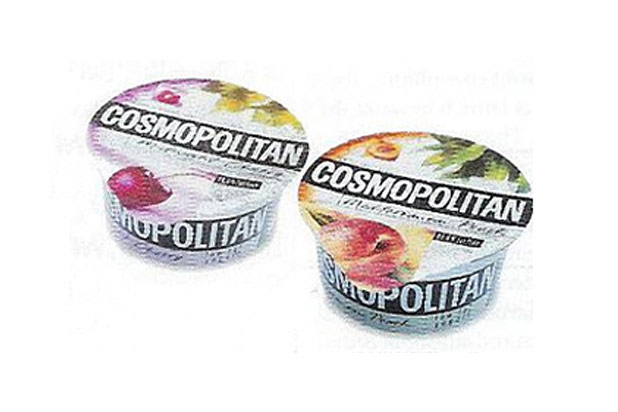

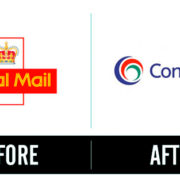



Leave a Reply
Want to join the discussion?Feel free to contribute!